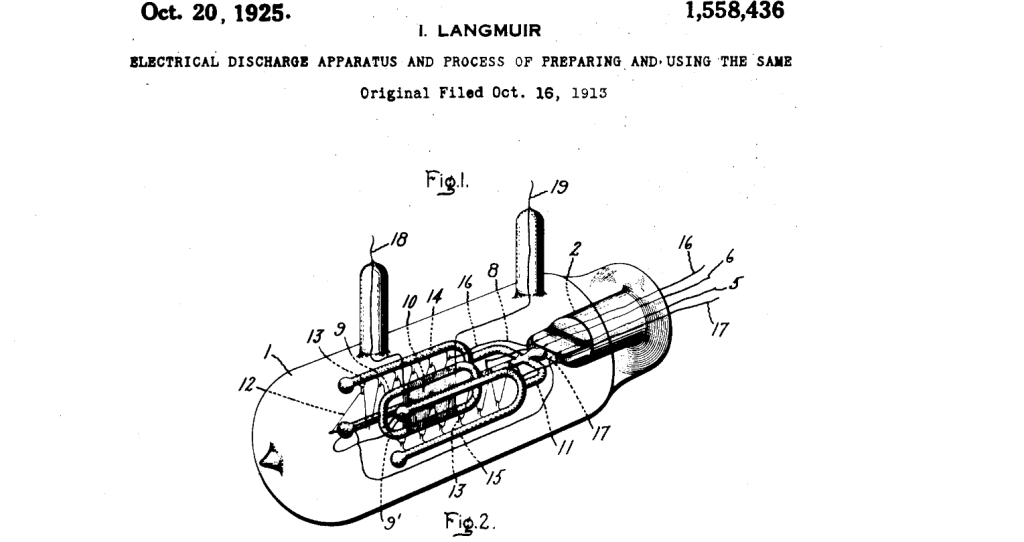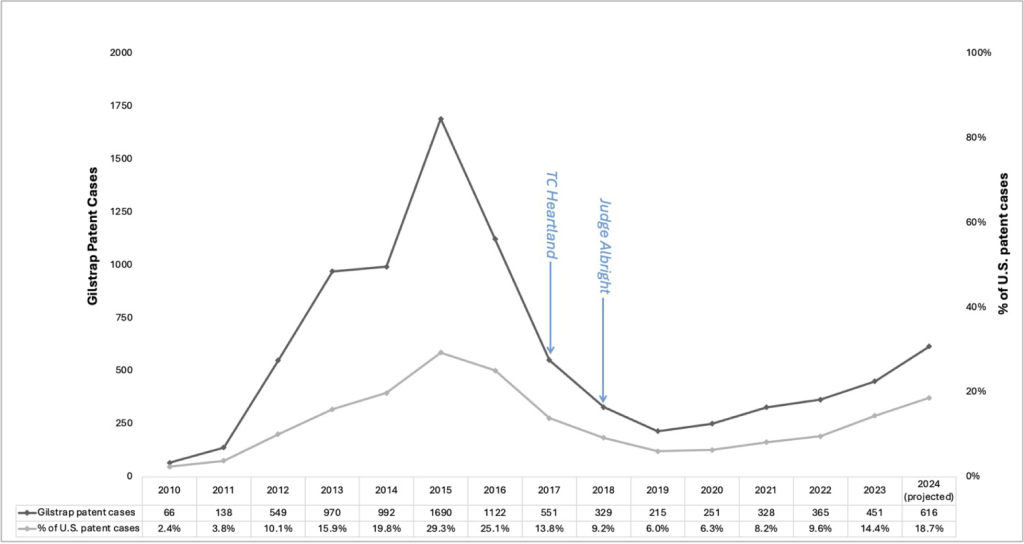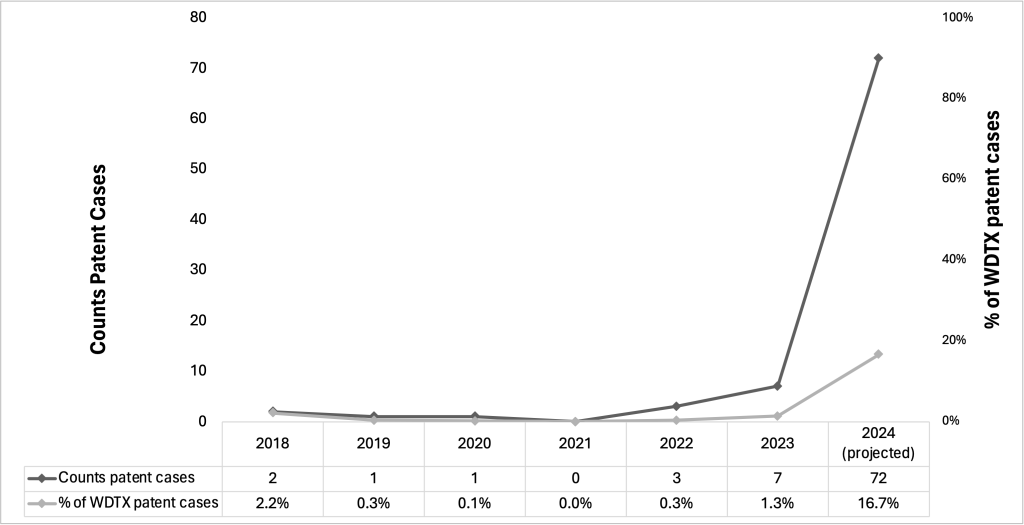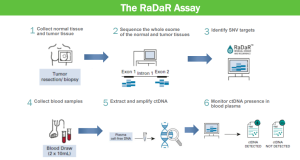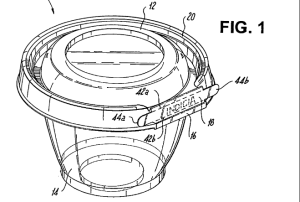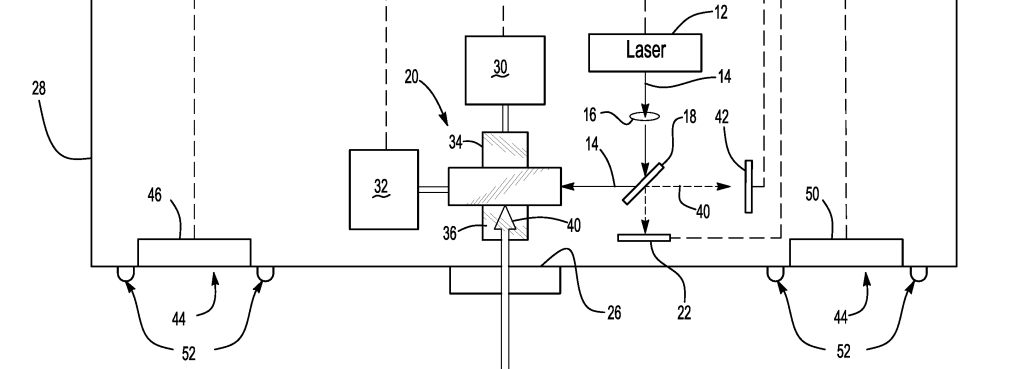Guest post by Tim Holbrook. Robert B. Yegge Endowed Distinguished Professor of Law and Provost’s Professor, University of Denver Sturm College of Law.
United States patents are generally territorial. Their exclusive rights only operate within the United States and its territories. Or so one may think reading the Patent Act. Moreover, in a global marketplace, the territorial nature of intellectual property rights can create challenges. It would be simpler for a patent holder to just use the U.S. patent to cover foreign activity. This is especially true if a domestic act of infringement has spillover effects into other countries.
So, when – if ever – can a patent owner receive damages for foreign activity that may flow from acts of domestic infringement?
The Supreme Court answered that question as it relates to 35 U.S.C. § 271(f) in WesternGeco LLC v. ION Geophysical Corp. Section 271(f) deals with the exportation of components of a patented invention with an intent to assemble them abroad.
In answering that question, the Supreme Court applied its recently minted, two-step methodology for assessing the extraterritorial reach of U.S. statutes generally. As articulated in a non-patent case, RJR Nabisco, Inc. v. European Community, step one requires a court to decide whether the presumption against extraterritoriality has been rebutted by a clear indication from Congress. If the presumption is not rebutted, a court turns to step two, requiring the court to determine the focus of the statute. If the activity relevant to the focus takes place in the United States, even if there is attendant foreign activity, then the case reflects a permissible domestic application of the statute.
In WesternGeco, the Court skipped step one and moved straight to step two. In assessing the focus of the patent damages provisions, 35 U.S.C. § 284, the Court noted that damages are tied to “the infringement.” Because “the infringement” was under § 271(f), the Court turned to that provision to determine its focus. The focus, according to the Court, is “the act of exporting components from the United States.” Because that activity is domestic, the lost profits for lost service contracts were the result of a permissible domestic application of the statute.
Of course, Congress designed § 271(f) with extraterritorial effects in mind: in adopting the provision, Congress overruled the Supreme Court’s decision in Deepsouth Packing Co. v. Laitram Corp. that strictly limited any potential extraterritorial application of the U.S. patent.
But what about other infringement provisions, like the traditional forms of infringement under 35 U.S.C. § 271(a)? WesternGeco did not squarely address that issue. Unlike § 271(f), § 271(a) has explicit territorial limits, limiting infringement acts of making, using, selling, or offer to sell the invention within the United States. Similarly, importation of the invention into the United States is infringement.
Before WesternGeco, the Federal Circuit had adopted a strict territorial rule for § 271(a) damages in Power Integrations Inc. v. Fairchild Semiconductor International, Inc. and Carnegie Mellon University v. Marvell Technology Group, precluding damages for foreign activities flowing from domestic infringement regardless of whether the domestic acts were the proximate cause of the damages. But WesternGeco called these decisions into doubt.
The Federal Circuit resolved this matter in Brumfield v. IBG, LLC, although in an odd procedural posture. The issue arose not from an award of damages. Instead, the district court had excluded an expert opinion because it contravened the Federal Circuit’s strict proscription of foreign damages under § 271(a) articulated in Power Integrations.
The Federal Circuit confirmed that “WesternGeco displac[ed] Power Integrations.” In so doing, the court made two clear holdings. First, the court concluded that “the WesternGeco applies when the direct infringement” is alleged under § 271(a). This holding is unsurprising: the Supreme Court made clear that the step two analysis of a general remedy provision necessarily requires consideration of the liability provision giving rise to the damages award.
Second, the Federal Circuit concluded that the WesternGeco framework applies to a reasonable-royalty award. WesternGeco involved lost profits, but the Federal Circuit noted that the Supreme Court’s analysis “did not distinguish the forms of damages.” But the court offered a caveat: theories of a reasonable royalty can differ from those of lost profits. Lost profits reward the patentee for lost sales, whereas a reasonable royalty reflects what an infringer would have been willing to pay for a license.
Importantly, the court noted that the basis for a reasonable royalty cannot include activities that do not constitute acts of infringement, such as pre-issuance activity. Moreover, apportionment takes place, separating out and excluding other value in economic products or practices.
Tying these principles to the issue of foreign conduct, the court pointed to “a minimum requirement” for reasonable royalty damages for foreign conduct that is not independently infringing:
the hypothetical negotiation must turn on the amount the hypothetical infringer would agree to pay to be permitted to engage in the domestic acts constituting “the infringement.” 35 U.S.C. § 284. If the patentee seeks to increase that amount by pointing to foreign conduct that is not itself infringing, the patentee must, at the least, show why that foreign conduct increases the value of the domestic infringement itself—because, e.g., the domestic infringement enables and is needed to enable otherwise-unavailable profits from conduct abroad—while respecting the apportionment limit that excludes values beyond that of practicing the patent.
(emphasis added). The court characterized this analysis as one of causation.
Couching this minimum requirement as a form of causation, the court opined on the role that proximate cause could play in policing the territorial limits on damages. The Federal Circuit’s seminal en banc decision on lost profits, Rite-Hite Corp. v. Kelley Co., concluded that “the reasonable limits of liability … can best be viewed in terms of reasonable, objective foreseeability.” So, if the damages were reasonably foreseeable, then they should be awarded “absent a persuasive reason to the contrary.” Rite-Hite involved lost profits for the patentee’s foregone sales of competing products not covered by the patent at issue, and the court allowed that recovery. Rite-Hite did not confront damages for foreign activity.
The Federal Circuit in Brumfield pushed back on foreseeability as being the sole, sufficient criterion for proximate cause. According to the Supreme Court, foreseeability alone is insufficient for establishing proximate cause for some statutes. Noting that the Supreme Court in WesternGeco did not address whether proximate cause could serve as a limit to damages in that case, the Federal Circuit then posed some questions about the role of proximate cause. The first is whether the foreseeability standard of Rite Hite “is applicable where those damages are for a (non-established) reasonable royalty” given the different conceptual foundation for royalty-based damages. Second, the court pondered what role “the general avoidance of extraterritorial reach” should play into the proximate cause analysis.
Unfortunately, the court declined to address either, explicitly noting “[w]e need not and do not here suggest answers to, or further explore, those other options.”
After that lengthy exposition, the court affirmed the exclusion of the expert opinion and refusal to grant a new trial on damages on a different ground: that the expert had lumped the computer readable medium and process claims together in a theory of making the claimed invention in the United States. Process claims can only be infringed by using the process, so the damages theory would entail unrecoverable foreign uses. The causal link to domestic infringement had to be solely on the making of computer readable medium claims, which was lacking from the opinion. There was “no focused, coherent explanation of the required causal connection to domestic infringement.”
In light of this analysis, Blumfield is interesting, if not problematic, for a number of reasons.
First, the court’s engagement with the presumption against extraterritoriality was less than robust. The court purported to apply WesternGeco, yet a review of the opinion demonstrates that the court never attempts to identify the focus of the § 271(a) statute, nor whether the activity in the case fell within that focus. Instead, the court summarily noted that, if § 271(f) was domestic under WesternGeco, then § 271(a) must be too.
The provisions do differ. Congress designed § 271(f) to reach extraterritorial conduct, unlike § 271(a). This glossing over step two of RJR Nabisco is particularly surprising given the ongoing debate within the Supreme Court regarding step two of its methodology, as can be seen in cases like Yegiazaryan v. Smagin and Abitron Austria GmbH v. Hetronic International, Inc. As I and Anshu Garg have detailed in a forthcoming article, there is considerable internal debate as to step two.
Additionally, I have argued that § 271(a) should be treated differently than § 271(f), although Professor Tom Cotter has reached the opposite conclusion. The decision in Brumfield feels more like the analysis posited by Professor Cotter, although a richer engagement with the statute would have been helpful.
Second, even after resolving the step two question, the court suggested a broader role for considerations of extraterritoriality beyond the two-step methodology. In discussing the limits of proximate cause, the court referenced “the general avoidance of extraterritorial reach,” which would come into play outside of the context of the two-step methodology. Ms. Garg and I identified this “softer” form of the presumption and how it still appears in Supreme Court decisions, even with the formalization of the two-step methodology. Consistent with this language in Brumfield, I have argued that transnational aspects of potential damages should be as more remote under a proximate cause analysis given concerns with extraterritoriality. But it isn’t clear doctrinally that extraterritoriality should have any role beyond the RJR Nabisco methodology.
Third, the causation discussion is surprising because none of the parties raised it. They argued over WesternGeco, but there is no mention of causation. The court’s exploration of this issue arose sua sponte. Any concern with the court addressing an argument that neither party presented is lessened by the fact that the discussion is clearly dicta. It is still somewhat surprising, however.
The causation discussion remains important nevertheless. It suggests that at least the members of this panel might be willing to consider other limits on damages under the proximate cause umbrella.
There is considerable literature on this issue not mentioned by the court. Amy Landers has offered a comprehensive and thorough analysis of proximate cause in the patent context in Proximate Cause and Patent Law. Prior to the WesternGeco decision, Stephen Yelderman in Proximate vs. Geograpic Limits on Patent Damages, argued that the Power Integrations decision was wrongly adopted a bright-line prohibition on damages for foreign acts, but he also argued that proximate cause nevertheless could limit the damages under the facts of the case. While not necessarily disagreeing with Yelderman’s approach, Tom Cotter in Extraterritorial Damages in Patent Law, felt that Yelderman’s proximate cause analyses of Power Integration and another damages case, Carnegie Mellon University v. Marvell Technology Group, were “questionable.” But he did agree that “proximate cause should work to limit the liability in cases in which the initial act of domestic is not so closely tied to subsequent foreign sales.” I argued in Extraterritoriality and Proximate Cause after WesternGeco that the courts should reconsider the foreseeability standard, and particularly proximate cause’s intersection with extraterritoriality, much as the Federal Circuit suggested in Brumfield.
If the Federal Circuit wants to go down this road, there is a wealth of literature to help inform their answers to these vexing questions.
Disclaimer from Dennis Crouch: I formerly represented Trading Technologies in litigation involving some of the patents at issue in this case. However, I was not involved in the writing or editing of this guest post. The views and opinions expressed are solely those of the author, not mine. -DC

